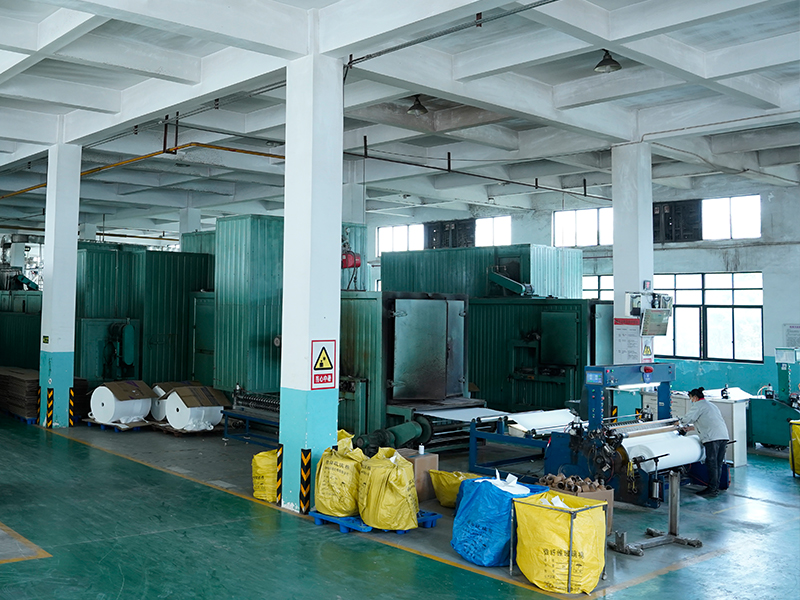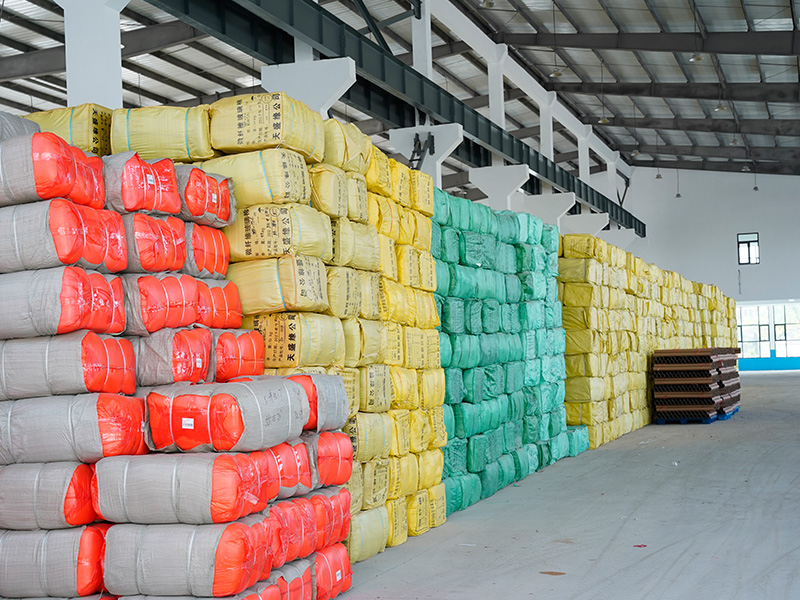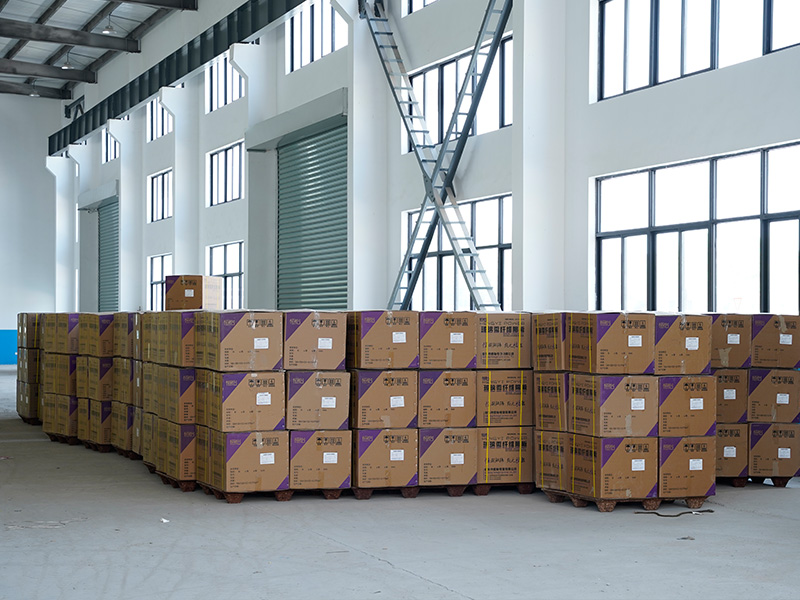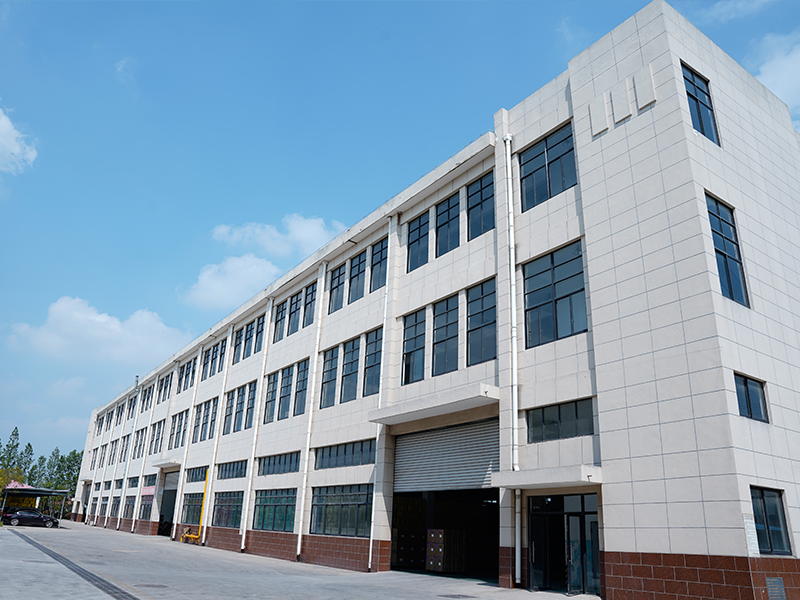
I. Overview
1. Definitions
Vacuum insulation board (VIP) is one of the vacuum insulation materials, which is composed of filling core material and vacuum protection surface, which effectively avoids heat transfer caused by air convection, so the thermal conductivity can be greatly reduced, which can reach 0.002-0.004w/m·k, which is 1/10 of the thermal conductivity of traditional insulation materials.
2. Relevant comparison
Thermal insulation materials can be divided into two categories: conventional thermal insulation materials and new thermal insulation materials according to their thermal insulation performance. Vacuum insulation board is a new type of thermal insulation material, in addition to the new thermal insulation materials also include nanoporous thermal insulation materials and radiation insulation materials.
3. Thermal conductivity
Most of the traditional thermal insulation materials are porous and fibrous materials, which are insulated by microporous thermal insulation, and the thermal conductivity is generally more than 20mW/(m·K); The new composite thermal insulation material is often combined with a variety of thermal insulation methods, the thermal conductivity is much lower than the traditional thermal insulation material, of which the vacuum insulation board adopts the principle of vacuum insulation, extracts the gas in the plate to maintain a certain vacuum degree, effectively eliminates convective heat transfer and gas heat transfer, so that the thermal conductivity is generally below 3.5mW/(m·K), which is the best thermal insulation material at present.
Second, the analysis of the industrial chain
1. Industrial chain
The upstream of the industrial chain of vacuum insulation board industry is the raw material link, mainly including glass fiber, polyethylene film, nylon film, aluminum foil, etc.; The midstream is the production and supply link of vacuum insulation panels; Downstream is mainly used in refrigerators, freezers, vending machines, cold chain logistics, building energy conservation and other fields.
2. Downstream analysis
Refrigerators and freezers are the most important application fields of vacuum insulation panels, but compared with Japan, South Korea, the European Union and other developed countries and regions, the penetration rate of vacuum insulation panels in China is low, but in the future, with the stricter energy conservation and environmental protection policies of various countries and the upgrading of terminal consumption, the downstream market for refrigerator freezer products large capacity, light and thin demand and industry technology development to promote the product cost performance advantages continue to be highlighted, the penetration rate of vacuum insulation panels in refrigerators and freezers is expected to continue to increase. According to the data, as of November 2022, the output of household refrigerators in China was 79.175 million units, down 4.1% year-on-year; Production of household freezers was 20.625 million units, down 24.6% y/y.
Third, the current situation of the industry
1. Thermal insulation material market
Thermal insulation and energy-saving materials are the key materials for China to promote energy conservation and emission reduction and achieve green and low-carbon development. According to statistics, China's output of thermal insulation and energy-saving materials began to increase since 2016, especially in 2017, the insulation and energy-saving materials industry was affected by national policies, and the output increased significantly. According to data, in 2021, China's output of insulation and energy-saving materials will be about 8.5 million tons, a year-on-year increase of 7.6%.
2. Output
With the continuous advancement of China's green and low-carbon development in recent years, China's thermal insulation and energy-saving materials market has developed rapidly, and vacuum insulation board as a new type of thermal insulation material, the industry scale has also expanded rapidly. According to data, in 2020, China's vacuum insulation panel output will be 54 million square meters, a year-on-year increase of 35%; It is expected to grow to 10 by 2022




